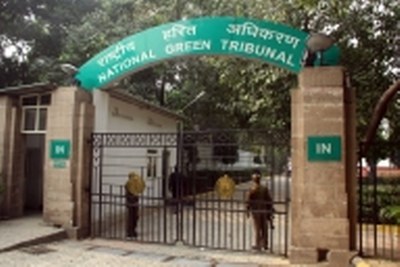Yamuna reduced to sewer, NGT slams DJB
New Delhi : Observing that the Yamuna has been reduced to a sewer line in the National Capital, the National Green Tribunal (NGT) on Wednesday slammed the Delhi Jal Board (DJB) asking what it had done to clean-up the river.

The Tribunal was hearing a plea filed by environmentalist Manoj Mishra, that pointed out high ammonia content in the Yamuna. The plea claimed that as the water enters Haryana, the ammonia level is treatable, however, as it enters Delhi, the levels are very high.
On Monday, the Tribunal also rapped the DJB after it tried to rake-up the issue of water sharing among Delhi and Haryana.
“You want Haryana to give you more water for dilution of the pollutant in the river but show us what have you done. Yamuna in your territory has become a sewer line,” said the bench headed by Justice Jawad Rahim.
“We are only concerned with the pollution in Yamuna. You are coming up with a new plea each time. We are interested in the entire stretch of river Yamuna and not confined to segments,” the bench said.
Meanwhile, DJB’s lawyer H.S. Phoolka said that Haryana should be directed to release more water into the Yamuna and it should be asked to treat the water being supplied to the national capital.
However, the Haryana government opposed this and said the DJB should increase the capacity of the water treatment plants instead of playing the blame game.
The matter is now listed for March 9.
Earlier the Tribunal had directed the Delhi and Haryana governments to identify and address the sources of pollution in the Yamuna.
While the DJB holds Haryana responsible for providing high ammonia water to Delhi, the Central Pollution Control Board (CPCB) had submitted its analysis report of ammonia at Tajewala in Haryana, Wazirabad water treatment plant, Okhla and ITO barrage in Delhi.
According to the report, the ammonia level at Hathnikund Barrage was 0.6 mg per litre, 1.9 mg per litre at Wazirabad, 24.9 at ITO barrage on February 14 while at the Okhla water treatment plant it was 0.8 mg per litre on February 15.
IANS







